A cooperative board game 'Fake Painter Berlatti' play review: players' imagination and insight are the key to victory

The card game ' Fake Painter Berlatti ,' in which the player playing the role of the museum director infers and selects counterfeits that have been mixed into paintings submitted by players playing the role of painters, was released on Friday, April 26, 2024. Although the rules are simple, it is said that there is a heated reasoning process to distinguish counterfeits, so I actually tried playing it.
The forgery painter Berlati
·table of contents
◆1: Introduction to the packaging and contents of the fake artist Berlatti
◆2: Preparing for the game
◆3: Actual gameplay
◆4: Summary
◆1: Introduction to the packaging and contents of the fake artist Berlatti
The packaging for the fake artist Berlatti looks like this.

The recommended age range is 8 years and above, with 3-7 players and an estimated play time of 25 minutes.

Inside the box were help tiles, paintbrush tiles, instructions, character cards, and a large number of picture cards.

There are 192 picture cards in total.

The character cards include three Painter Owl cards, four Cats Director cards, and one Verlatti card.

There are five paintbrush tiles, each shaped like a paintbrush, and five helper tiles, which are slightly smaller than the other cards.

◆2: Preparing for the game
Let's get ready to play the game. First, lay out the five help tiles face up.
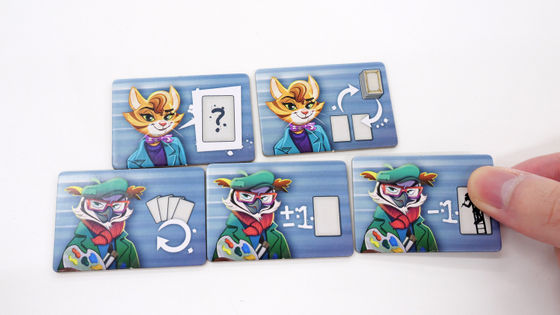
Place the Berlatti card at the edge of the table.
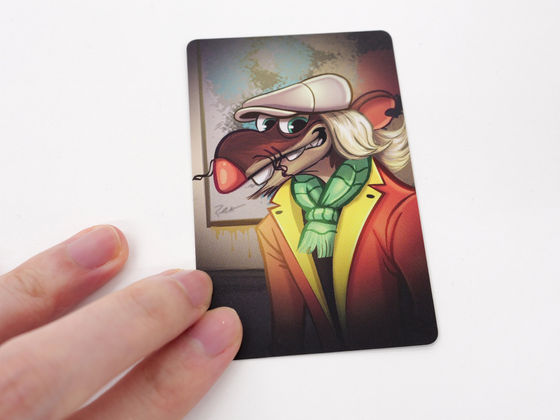
Shuffle the picture cards and deal them to each player. The number of cards dealt depends on the number of players: 18 cards per person for 3 players, 9 cards for 4-5 players, and 6 cards for 6-7 players. Since we are playing with 5 players this time, we dealt 9 cards to each player.
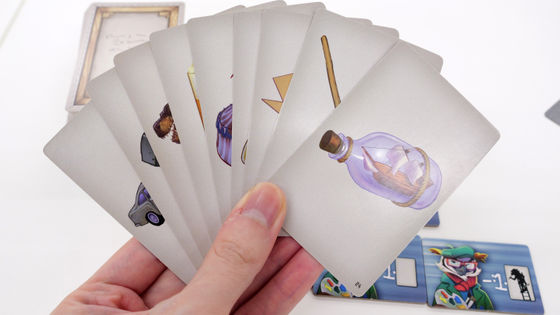
Place the paintbrush tile anywhere on the field.
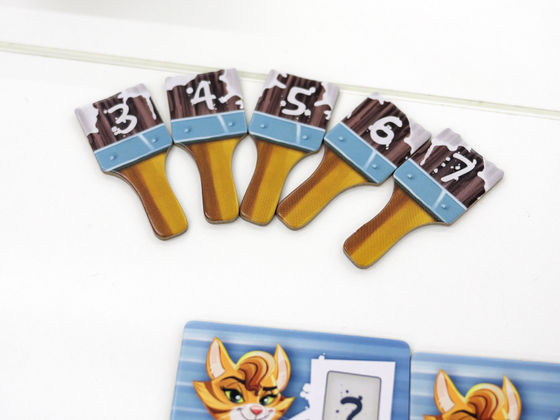
Distribute character cards to each player. Below is a table showing the number of players and the number of cards distributed.
| Director Cats | Painter Owl | |
|---|---|---|
| 3 people | 2 sheets | 1 sheet |
| 4 people | 2 sheets | 2 sheets |
| 5 people | 3 sheets | 2 sheets |
| 6 people | 3 sheets | 3 sheets |
| 7 people | 4 sheets | 3 sheets |
This is the setup for a 5-player game. When setting up, refer to the included setup diagram.
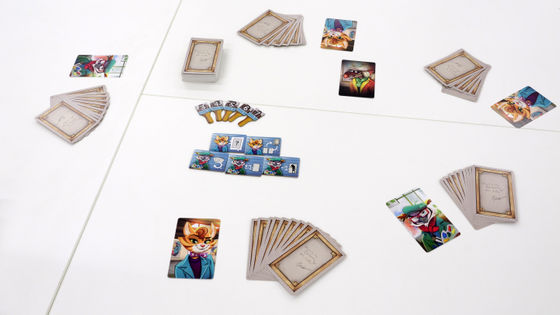
◆3: Actual gameplay
The rules of this game are simple. First, two theme cards are played, and the Painter Owl player chooses a card that fits the theme, and the Cats director has to guess which card fits the theme. However, the fake painter Berlatti will mix in a few fakes among the cards chosen by the Painter Owl, so the Cats director must be careful not to choose a fake. The goal of the game is to see how many correct cards you can guess before you draw all six of Berlatti's fakes.
Each round of the game consists of four phases. In the first phase, the player playing Director Cats draws two painting cards from the deck and places them on the table as theme cards. After that, the players playing Director Cats discuss with each other how many paintings they want the player playing Painter Owl to paint. You can request 3 to 7 paintings. Since this was the first time, the number of paintings requested this time was '3'. After deciding the number of paintings requested, place the paintbrush tile next to the theme cards to indicate the number.
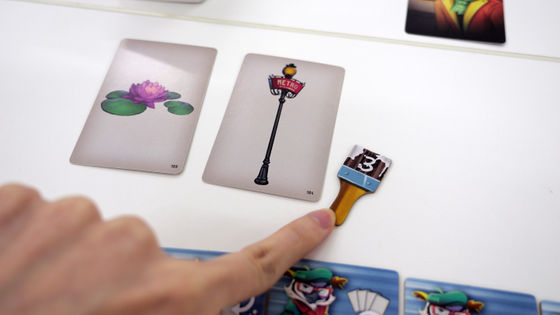
In the next phase, the player playing the role of Painter Owl will play the requested number of painting cards face down according to the theme card. Since there are three cards this time, it is OK if the two players playing the role of Painter Owl play a total of three cards. It is okay if one player plays zero cards. In addition, the question of whether or not the card is in line with the theme is very abstract and can be thought of freely. For example, 'Street lamps are long and thin, so let's play a microphone stand that is also long and thin' or 'Lotus is organic, so let's play the same organic material.' You can play cards as you like using your individual imagination. However, since the director must guess the card you played, the game may fall apart if the card is not similar to the theme to some extent.
When playing a card, you can consult with other players who are playing the role of Painter Owl. In this case, you cannot see the cards of other players and you must discuss it verbally. You cannot express the details of the discussion in concrete terms, and you cannot mention what kind of picture you will play or which theme the card will follow. The conversation will mainly focus on 'how many cards you can play,' such as 'I have one card that fits the theme perfectly, and I have two that are slightly similar.'
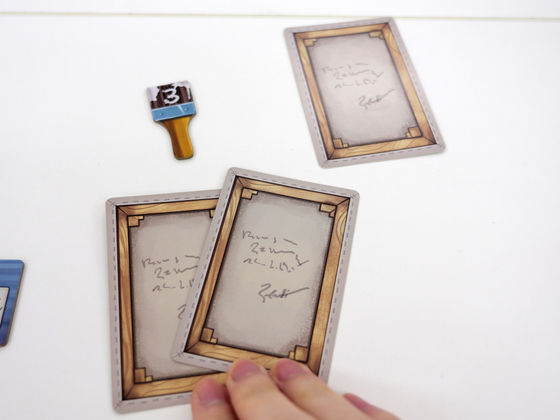
Once the Painter Owl player has played a total of three painting cards, the last step is to mix up the Berlatti counterfeits. Take four cards face down from the deck and shuffle them together with the cards played by the Painter Owl player.
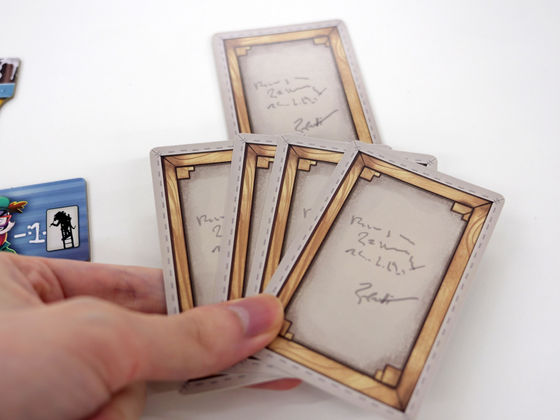
In phase 3, all shuffled cards are turned face up.
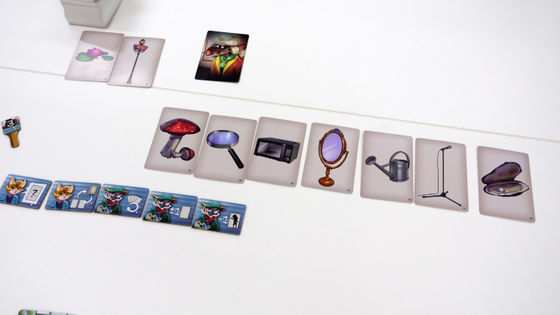
The player playing Director Cats will decide which card was played by Painter Owl and which theme it is assigned to, while discussing with the other players, such as 'The shape looks like that,' 'The color is the same,' etc. In addition, the player playing Painter Owl cannot respond to the discussion.
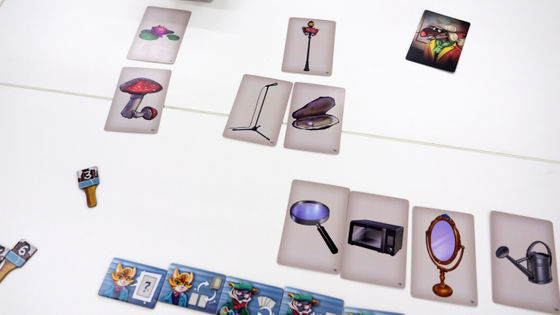
In the final phase 4, each painter owl announces which painting they have made. If it matches the theme card, the team gets 1 point.
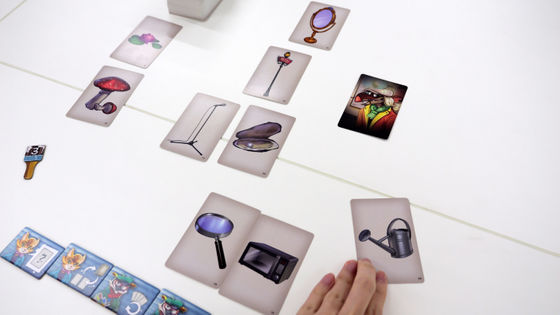
The correct picture card will be placed in the delivery card area.
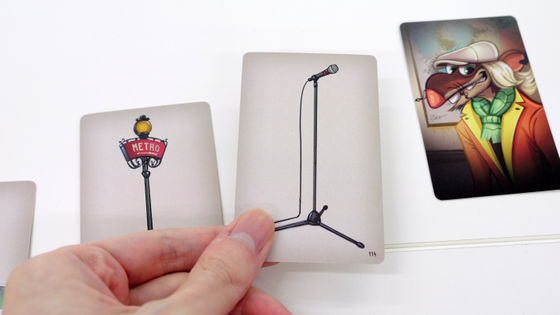
If you choose the fake Berlatti, place it on top of the Berlatti card.
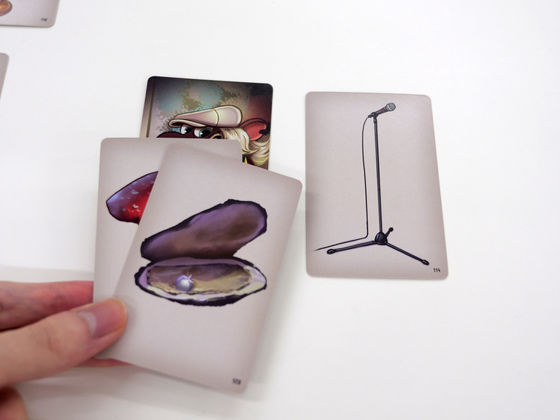
Even if you guess the painting of the Painter Owl, if you get the theme wrong, you will not get any points and the card will be discarded.
That's the flow of one round in Fake Painter Berlatti. After the round ends, the two theme cards and the unselected painting cards are placed in a discard pile.
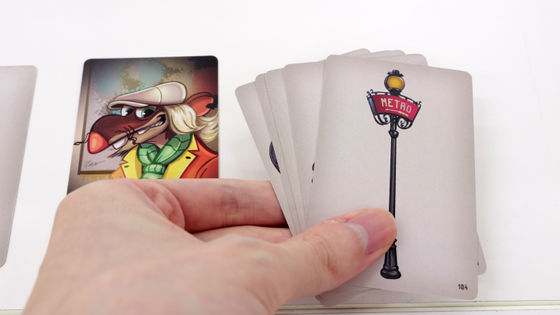
The Painter Owl player replenishes their hand with cards from the deck until they have the same number of cards as their original hand.
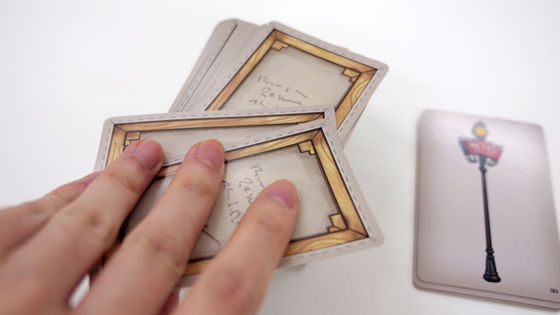
Finally, pass your character card to the player on your left to start the next round.

This process is repeated until six of Berlatti's counterfeits are drawn. If the player's score exceeds 15 points at the point when six counterfeits are drawn, the player wins. If the player's score is 14 points or less, the player loses.
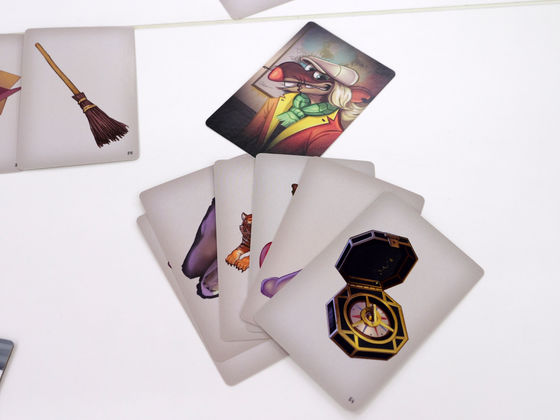
As we played, the curator would make the unreasonable request that the more paintings we commissioned, the more points we would earn, and the painter would be forced to submit the maximum of seven paintings.
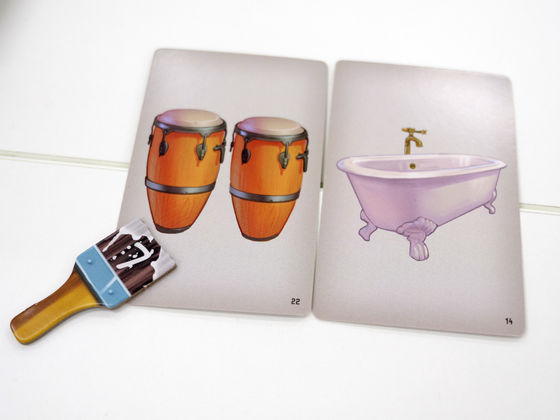
In such a case, the 'help tile' is useful. In each game round, Director Cats and Painter Owl can use help tiles that have the effect of 'swapping theme cards' and 'reducing the number of fakes from four to three'. The help tile used this time was 'Ask a question about a painting'. In phase 3, Director Cats chooses one of the face-up painting cards and has the effect of asking whether it is the painting that Painter Owl put out. This makes it clear whether the card in question was submitted by the player or a fake by Berlatti.

Once a Help Tile has been used, it cannot be used again until the end of the game. However, if you achieve a 'Perfect Round' by guessing all of the painting cards and their themes submitted by Painter Owl, you can turn the Help Tile with the same number of requests as the number of cards you have in that round face up and use it again in the next round.
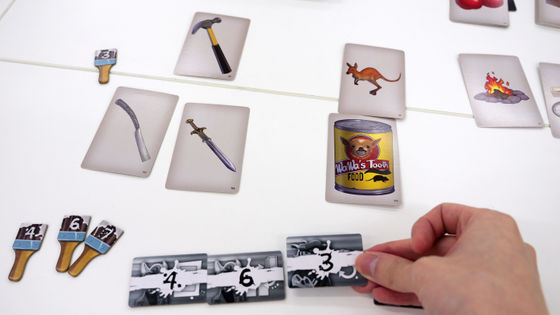
In the end, all players managed to collect 30 painting cards before there were only 6 fakes, and they won the game.
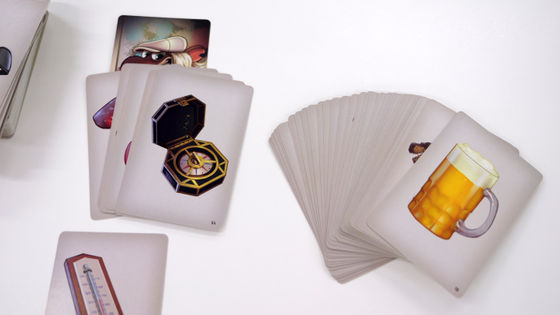
According to the table of points that can be earned in the instruction manual, a museum can be recognized as a 'top-class art museum' with 30 points or more.

◆4: Summary
It is possible to have a conversation. Since everyone has a chance to play both the director and the painter, everyone can enjoy both choosing and guessing the cards. Another feature is that it is a cooperative game where all players either win or lose, making it enjoyable even for people who are tired of competitive games that focus on individual wins and losses.
In addition, there was also an 'advanced rule' in which the round would be lost if even one of the Berlatti counterfeits was selected.
The price of the fake painter Berlatti that I played this time on Amazon.co.jp is 2300 yen including tax at the time of writing.
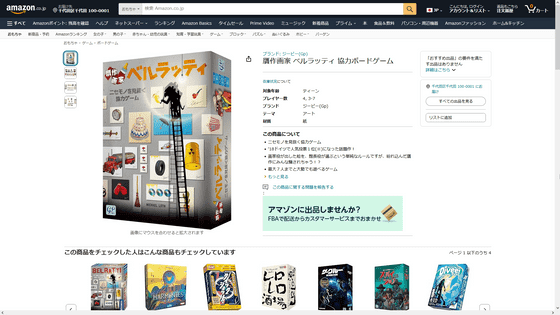
Related Posts:







